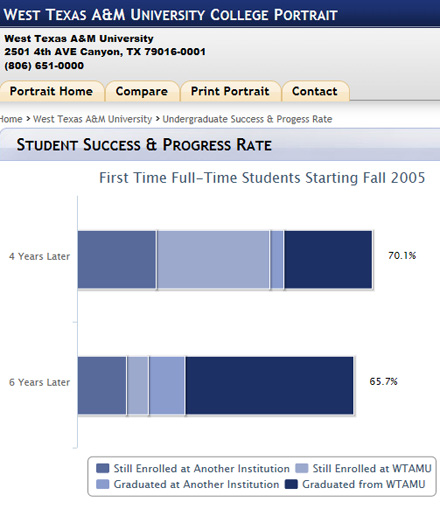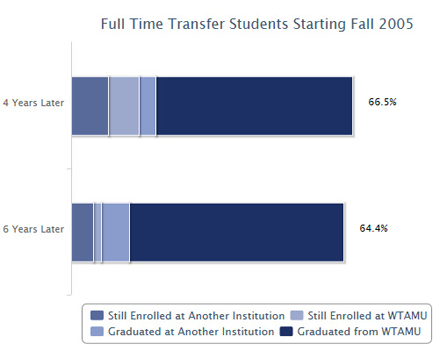student success
Can attrition be a positive outcome for college students?
Check out recent Noel-Levitz blog entries and you’ll see my colleagues Jim Hundrieser and Tim Culver both making strong cases for data-informed practices to boost retention and graduation rates by targeting diverse student populations. Tim applauded the University of Texas for its plan to boost graduation rates by 20 percent. For argument’s sake, I want to step off the bandwagon for a moment and make a case for encouraging campuses to stop focusing so much on retention and graduation and to look for the positive side of student attrition. Bear with me for a few more sentences.
One reason community colleges in particular struggle with graduation rates is because so many students in associate’s degree programs transfer to a four-year school before completing the associate’s degree; they then become attrition statistics. This is no doubt why the U.S. Education Department announced plans to broaden its definition of “student success.” It reflects a more accurate, more realistic view of student “attrition.” Students at all institution types identify new major or career paths that are not supported by their first college, and off they go. Some students arrive at college unprepared, or at the wrong time in their lives. The first group is often better served by stepping back and working on skill development, sometimes at their first school, but sometimes at another. The second group may better spend their time focusing on work or family and giving school a try at a later life stage. All of these students leave for good reasons, but their departures count against a school’s retention rate, and if they don’t come back, their leaving will count against graduation rates, too. When students leave for reasons that make sense in their own lives, it should be good for the school too.
I am not arguing against programs that foster student success and retention, nor am I suggesting that we should not do all we can to increase graduation rates. What I am encouraging is that we take a more expansive view of what it means to be successful at college, or for students to complete a phase of their education. For some time we at Noel-Levitz have been encouraging campuses to track PPRCG: Persistence, Progression, Retention, Completion, Graduation. What I’m arguing here is that we must expand our notion of completion and then track the results so we can do a better job of documenting successes.
College Portraits is one good model and source of comparisons for four-year public institutions. While the participating colleges provide lots of information, I’m particularly pleased with what is revealed in the “Student Success & Progress” page within each profile. These graphs show, for each participating college, how many students from the specified cohort are still enrolled at that college, enrolled at another institution, or have graduated, either from the current school or another. Even better, the site tracks transfer students as well as the first-time cohort. Now we can start getting a much more robust picture of our ability to help students be successful in college. Here’s what it looks like at West Texas A & M University:

Notice how much more affirming it is to report that 70.1 percent of first-time students who started in 2005 have completed their college degree somewhere or were still enrolled after four years, rather than relying simply on an IPEDS graduation rate. The profile also includes transfer students:

Look how much more we have to celebrate about the positive influence our colleges and universities have on the educational careers of our students. Students may “swirl” from college to college, but tracking completion like this paints a much more optimistic picture of the contribution each college makes to individual students.
While I am not aware of a comparable resource for two-year colleges or for four-year private institutions, the methodology here can be replicated by any campus institutional research office. Data on where students transfer is available through the National Student Clearinghouse, and I encourage all my campus partners to use this resource to determine where their students are going when they leave. Planning for student success looks very different if the students who leave a campus are enrolling somewhere else, than if they are dropping out of school altogether.
I started this blog post with a pro-attrition mind-set, but it should be clear that what I’m really about is finding ways to document the positive influences colleges and universities have on their students. There is so much more to consider than retention and graduation rates. Document all of your successes!
I welcome your thoughts on the subject. Feel free to leave a comment or, as always, please e-mail me if you have questions or want to explore anything further.